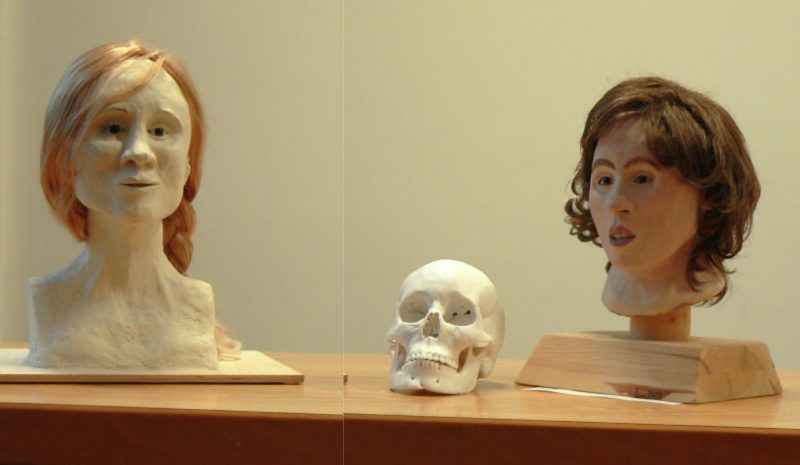The year 2000 remembers the peculiar case of finding the remains of a young woman aged between 16 and 20 years, after a harvesting machine accidentally cut her body into hundred pieces. The machine was being used to harvest peat from a bog near the city of Hanover in Lower Saxony, Germany.
According to Current World Archaeology, at first, the local police suspected that the body was a 16-year-old girl who disappeared in 1969. DNA tests proved that the corpse was not that of the missing girl.
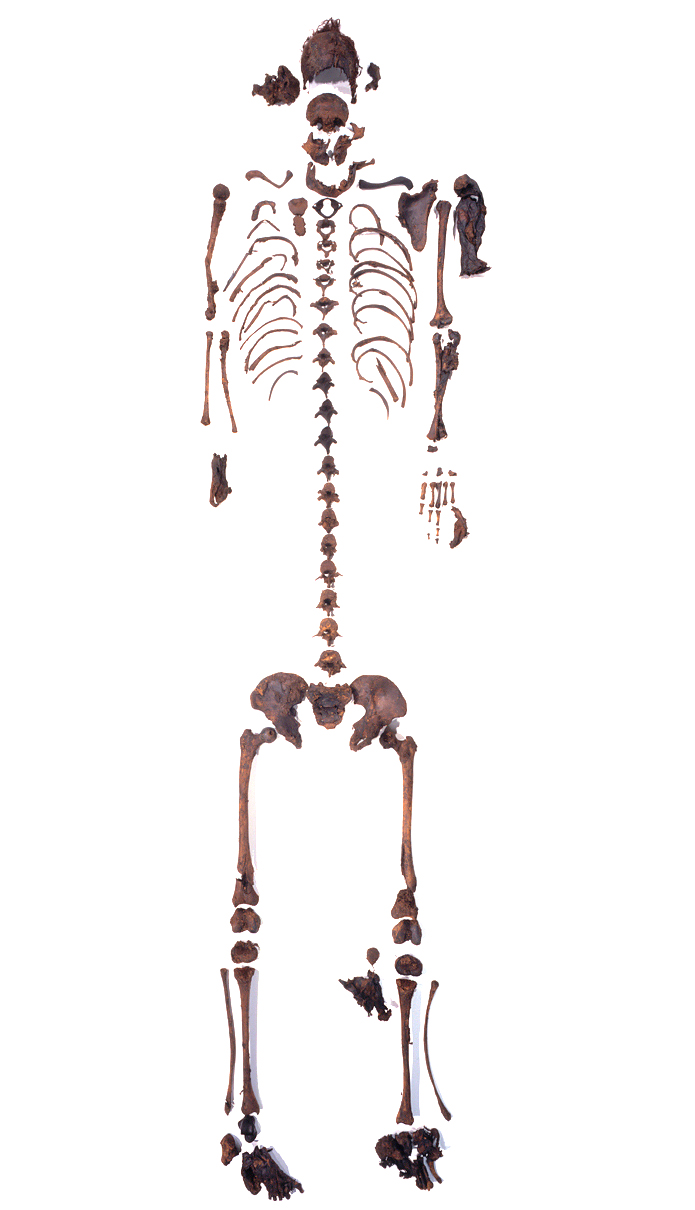
The case was quickly forgotten and left in an archived file until 2005, when a random discovery put it in the spotlight once again. Reportedly, a worker dug up a mummified hand in the area of the previous finding and thus restarted the investigation of the case.
During the summer of that same year, the new analysis revealed that the remains were an archaeological artifact which dated to around 650 BC. The corpse was determined to be a bog body of a girl who was thus called “The Girl of the Uchter Moor.”
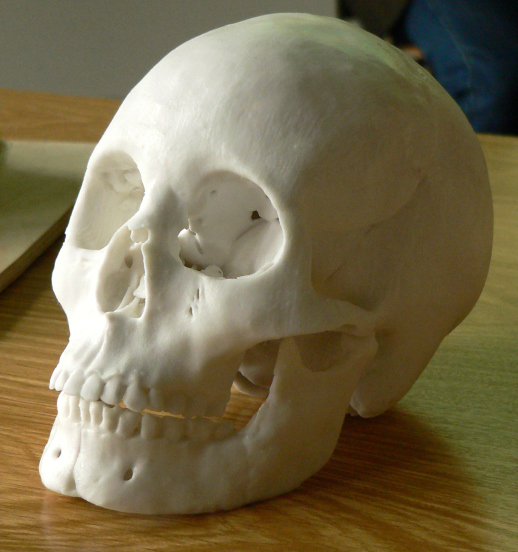
The experts reported that this female corpse, who was also given the nickname Moora, was one of the oldest preserved bodies to be found in this part of northern Europe. Unfortunately it was badly damaged by the modern farming technology, and this was confirmed by the state archaeologist of Lower Saxony, Henning Haßmann, who said: “During the harvesting of peat for nurseries, the machine’s blades sliced up the ancient girl’s body like a salami.”
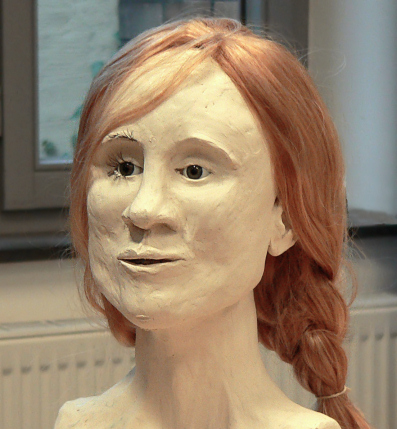
“We have 100 parts; around 90 percent of the skeleton.” The forerunner of this discovery was the so-called Tollund Man whose bog body was found in 1950 in Denmark and estimated to date from 375-210 BC.
Almost all of the parts of the Girl of the Uchter Moor’s body were found except for some ribs and one shoulder blade. The hair on her head was also preserved, though the experts couldn’t define its real color.
Disturbing occasions when ancient Egyptian curses seemed to come true
Current World Archaeology points out that the in-depth examination of the bog body proved its Iron Age origin, and details of Moora’s living conditions could be determined through further analysis of the corpse.
Luckily, in this case, much of the archaeological data can be extracted from this body, parts of which were naturally mummified due to the distinctive chemistry of peat bogs. After a body ends up in a peat bog, Sphagnum moss begins to grow around it, forming a protective wrapper that stops it from being decomposed by microbes and oxygen. In the cold, acidic conditions as it sinks into the bog, the body undergoes a natural tanning process.
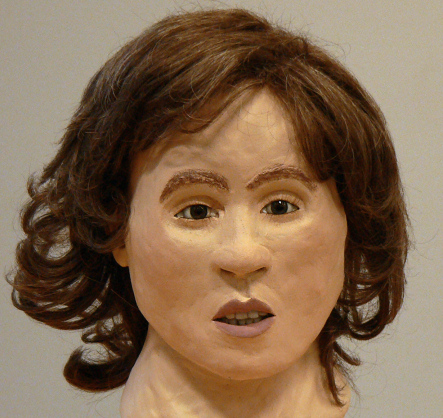
In 2005, the Girl of the Uchter Moor was sent to the Institute of Legal Medicine at the University of Hamburg-Eppendorf for detailed examination. Current World Archeology comments that in the initial process of investigation, the researchers would look for any physical abnormalities and disorders in the skeleton, as well as worms and pollen.
Read another story from us: The traditional dish served to Aztec royalty had a macabre ingredient
According to the investigation, the girl passed away without any physical maltreatment, although the researchers found evidence of seasonal malnutrition. She also suffered from curvature of the spine and a tumor on her neck. It is suggested that the young woman may have been gathering food or herbs and presumably fell into a hollow of a deep bog. There are no traces of grave goods, so it appears she was not deliberately buried.
Moora has been brought back to life in a number of facial reconstructions. In 2011, National Geographic featured the interpretations of how she may have looked by five different physical anthropologists. Their images were based on a 3D printed plastic model of her skull that was carefully recreated by piecing together digital images of the skull fragments.
